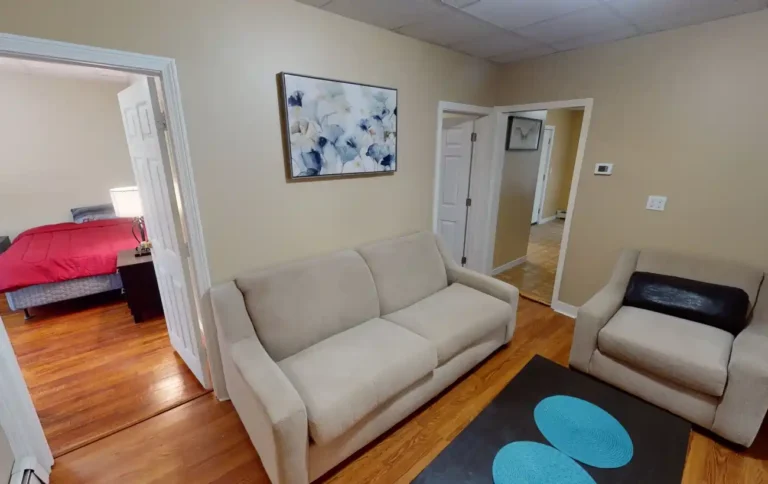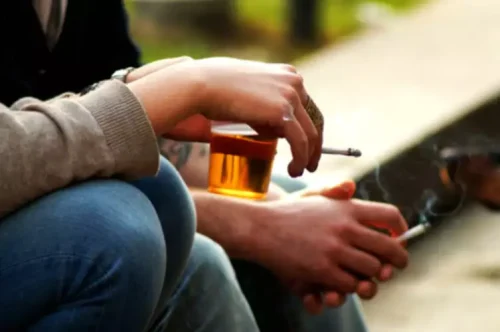
The tangible outcomes of art therapy – be it a completed painting or a sculpted piece – serve as markers of progress. Over time, seeing the accumulation of these artworks can be a testament to one’s journey, fostering a sense of achievement. https://ecosoberhouse.com/article/10-major-physical-signs-of-alcoholism-to-watch-out-for/ People often wonder how an art therapy session differs from an art class. Where an art class is focused on teaching technique or creating a specific finished product, art therapy is more about letting clients focus on their inner experience.
The University of Hong Kong, Centre of Behavioral Health, Hong Kong
After that, I encourage the client to draw symbols, images, shapes, words, etc. on paper that represent the parts of themselves that feel unresolved, AKA their “unfinished business”. Once they have all of their symbols inside the box, I ask them to take them out, one at a time, and talk about each one. According to an article published in the American Journal of Art Therapy (2001) on using boxes in art therapy, boxes are a promising therapy tool. In fact, Farrell-Kirk (2001) states that “the use of boxes to enclose and conceal contents, create a new realm of space, and unite opposites makes the box effective in therapy. Due to the symbolic value of these characteristics, the box has been utilized throughout art history.
NC health workers detected lead contamination in applesauce that led to a nationwide recall, several lawsuits
Experiential therapy should always be used in conjunction with traditional alcohol and drug treatment programs and not be the only form of treatment. Experiential therapy uses expressive techniques and activities to help adults re-experience and process situations from the past. As adults participate in the activities, art therapy ideas for adults in recovery they begin to identify and experience emotions linked with past experiences that may be negatively impacting them in the present day. As repressed emotions are released, individuals can experience positive feelings in the present. You may be the next Sober Picasso, or you may be the next big Pinterest Fail.
Mandala Drawing for Stress Relief
This therapy drawing develops the imagination, helps to discover the inner corners of the soul. Several participants at the same table draw circles of any color and size on a large sheet of paper. The middle of the circle is filled with any images, creating a chain from them. Such group art therapy techniques reveal interpersonal and group relationships and offer the potential for building cohesion. A fairy tale of a butterfly and a dream art therapy ideas.
Can Art Therapy Treat Addiction?
Get information and inspiration to help you live your best life. Fish, 45, had always been interested in art. In college, she started as an art major but quickly changed to something else. Feelings of self doubt crept in and she thought she wasn’t good enough to be an artist. Fish got caught up in the college party scene and her alcohol addiction snuck up on her.
The Miracle is Not for Sale: A Rant from Behavioral Health Nurse Kate Vitela

Cosky later lost another sister to suicide and his brother to a drug overdose. He said he self-medicated with drugs and alcohol and was later diagnosed with bipolar disorder. Cosky went on to survive more trauma, including his own suicide attempts, homelessness and a near fatal drug overdose that landed him in the emergency room at age 30. “He essentially gave me the keys to myself, which is the most freeing thing an adult can do for a teenager who has experienced horrors in life,” he said. “The therapeutic value of music was very obvious to me at a very young age,” he said.

How Can You Introduce Art Therapy in Your Sober Journey?
I love art and loved helping him with something I love. Art can not only help you deal with the bad stuff, but also help you appreciate and focus on the good. Check out these activities all about reflecting on your personal happiness. A 2017 study found that art displayed in hospital settings contributed to an environment where patients felt safe. It also played a role in improving socialization and maintaining an identity outside of the hospital.

Additional post-graduate supervised experience is also required. You can learn more about the training and educational requirements to become an art therapist on the AATA website. While research suggests that art therapy may be beneficial, some of the findings on its effectiveness are mixed. Studies are often small and inconclusive, so further research is needed to explore how and when art therapy may be most beneficial. If you or someone you love is suffering from substance abuse disorder, call The Recovery Village today to explore the various treatment options available to you. Experiential family therapy is a group therapy technique where family members interact with each other during an activity.
- Expressive arts therapists are proficient in interpreting creative expression, rather than arts practitioners who have trained in a specific form of therapy.
- Whether you are struggling with substance abuse, a mental disorder or both, our team of experts can help you get your life back on track.
- This approach not only enhances self-expression but also ignites the senses, allowing for a more profound exploration of emotions.
The therapeutic power of art in mental health recovery

Music therapy activities help individuals actively engage with music by singing, creating or listening to it. Music therapy helps to empower, strengthen communication and provides an outlet for difficult or hard to express emotions. Play the rhythm of your choice by clapping your hands, tapping the table, clicking, etc.